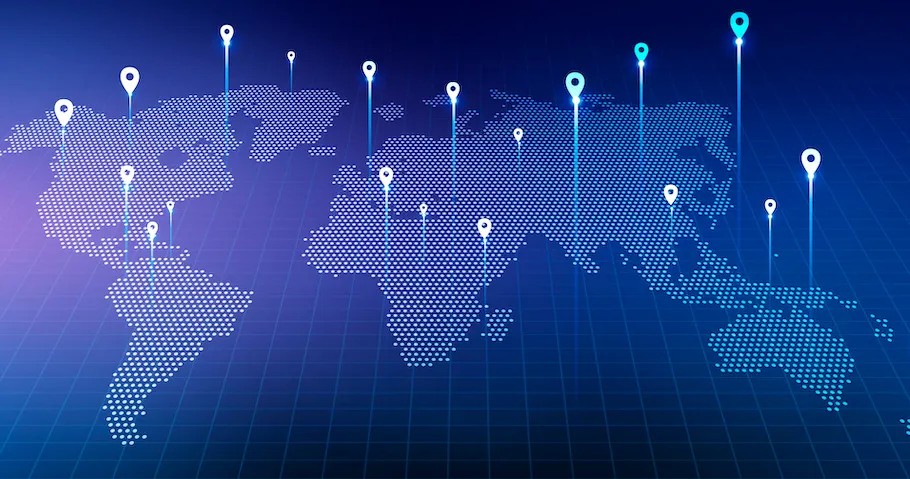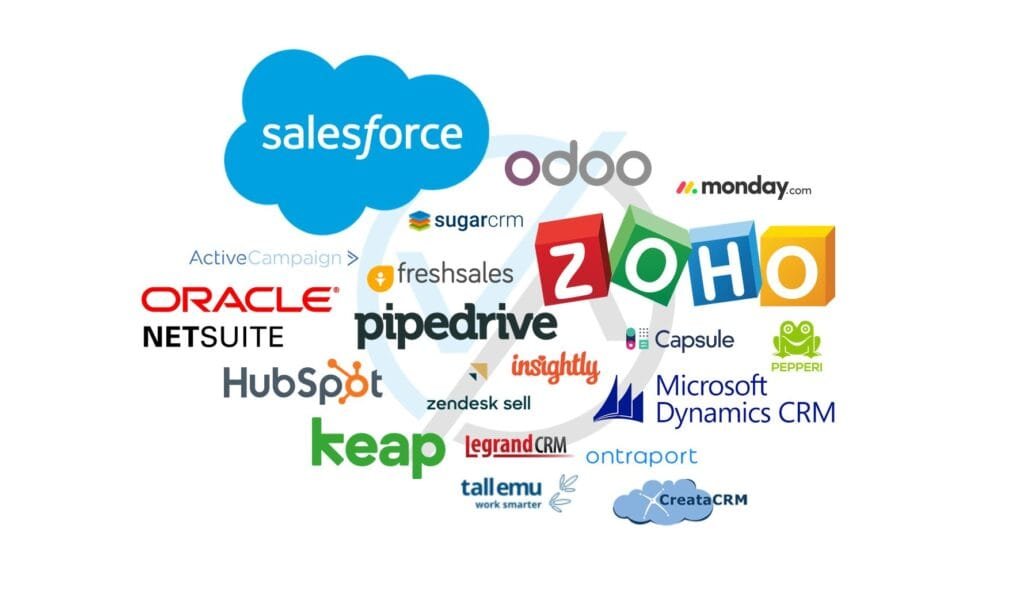The Fragile Web of Global Sourcing
For decades now, companies have relied on a lean, cost-optimized supply chain, often sourcing a majority of their raw materials, components, or finished goods from a single country, primarily China. But the fragility of this model was brutally exposed during the COVID-19 pandemic, the U.S.-China trade war, and more recently, geopolitical tensions in the Taiwan Strait and the Russia-Ukraine conflict.
Today, sourcing diversification has shifted from a buzzword to a survival strategy.
If your business depends on any single region or supplier, 2025 could be your year of reckoning.
What Is Sourcing Diversification?
Sourcing diversification is the process of strategically broadening your pool of suppliers across different geographic regions, tiers, or industries to reduce reliance on any one entity.
It involves:
- Multi-region sourcing (e.g., China + Vietnam + Mexico)
- Multi-supplier engagement (e.g., 3 factories instead of 1)
- Multi-tier resilience (including raw material, assembly, packaging, and logistics)
- Digital procurement technologies that give real-time visibility
Why 2025 Demands Urgent Action
1. China’s Rising Risk Profile
China remains a manufacturing powerhouse, but it’s no longer the risk-free zone it once seemed:
- Geopolitical flashpoints (e.g., Taiwan, South China Sea)
- U.S.–China decoupling
- Labor cost increases
- Environmental regulations tightening
According to reports on China chip sourcing diversification, companies like Apple, Nvidia, and Tesla are quietly shifting supply chain nodes to India, Vietnam, and Mexico.“China plus one” is no longer optional; it’s strategic foresight.
2. Climate Disruptions
Extreme weather events (droughts, floods, wildfires) are disrupting logistics routes, damaging factories, and spiking insurance costs. A diversified sourcing model means one flood doesn’t sink your entire Q3.
3. Political Instability & Protectionism
More than 80 countries have implemented some form of export ban or tariff adjustment since 2023. For example:
- India limited rice exports.
- The EU tightened EV battery raw material exports.
- The U.S. introduced restrictions on AI chip sales to China.
Diversification shields you from the whiplash of sudden policy changes.
Key Benefits of Sourcing Diversification
Resilience Against Disruption
A single earthquake, cyberattack, or power outage won’t halt your operations if you’ve spread your sourcing risk.
Stronger Negotiation Leverage
Multiple suppliers = competitive pricing and better contract terms.
Speed to Market
When demand spikes or a key supplier delays delivery, diversified sourcing allows flexible reallocation of production,getting you to market faster.
Compliance and ESG Readiness
Increased scrutiny over labor rights, emissions, and sustainability practices means relying on “clean” partners is now a regulatory issue. Diversification lets you shift away from non-compliant sources quickly.
Where to Start: Strategic Audit of Current Sourcing
Before diversifying, audit your existing sourcing landscape:
| Area | Key Questions |
| Supplier Concentration | Are more than 40% of inputs from one country or vendor? |
| Geographic Risks | What political, economic, or climate risks exist in each region? |
| Tier 2+ Visibility | Do you know who supplies your suppliers? |
| Cost Exposure | What would a 20% tariff or shipping increase mean to your margins? |
| Sourcing Dependencies | Are critical components single-source with no alternatives? |
This analysis becomes the foundation of your sourcing strategy, informed by both data and future scenarios.
Proven Sourcing Strategies to Diversify in 2025
1. “China + 2” Model
Go beyond “China + 1.” Choose two additional countries based on:
- Infrastructure readiness
- Political stability
- Manufacturing skill base
- Trade agreements
Example:
A U.S.-based electronics firm moved 40% of its chip sourcing to Vietnam and 20% to Mexico while maintaining 40% in China.
2. Regionalization (“Nearshoring”)
Shift part of your sourcing closer to your core markets to cut down transit time, costs, and risk.
Example:
Apparel companies are shifting production from Bangladesh to Morocco and Turkey to serve the EU faster.
3. Digital Procurement Platforms
Use AI-enabled platforms like Coupa, SAP Ariba, or GEP to manage:
- Supplier discovery
- Risk scoring
- Real-time order fulfillment visibility
This is essential to monitor and respond to dynamic risks in multi-country sourcing.
4. Dual Sourcing Critical Inputs
For key components or materials, avoid single-sourcing. Even if one supplier is cheaper, you’re buying optionality, not just product.
5. Local + Global Supplier Mix
Balance your supply chain by using:
- Global players for volume and innovation
- Local suppliers for agility, compliance, and backup
This hybrid strategy keeps you adaptive.
Examples of Successful Sourcing Diversification
Apple
Apple now assembles iPhones in India, MacBooks in Vietnam, and sources some chips from U.S.-based fabs. This began as a response to tariffs but is now a core strategy.
Tesla
Tesla localized battery and assembly supply chains in Europe (Berlin Gigafactory) and plans to manufacture key EV components in India.
Nestlé
Nestlé revamped its sourcing after the Ukraine war disrupted grain and sunflower oil supply. They diversified supply routes across the Balkans and Latin America.
These brand audit strategies show how operational flexibility translates to competitive edge.
Common Pitfalls in Diversification (And How to Avoid Them)
| Mistake | Consequence | Solution |
| Rushing diversification | Missed quality control, delivery delays | Pilot test new suppliers |
| Ignoring Tier 2 suppliers | Upstream disruption still hits you | Increase multi-tier visibility |
| Choosing cheapest alternatives | Poor ESG compliance, reputational risk | Include ethics and sustainability in evaluation |
| Underestimating digital complexity | Lost data, slow onboarding | Invest in procurement tech stack |
Diversification is not just about spreading risk.it’s about doing it intelligently.
Sourcing Diversification in Nigeria & Emerging Markets
Sourcing diversification isn’t just for Fortune 500s.
In Nigeria, companies importing raw materials for cosmetics, electronics, and food manufacturing are increasingly:
- Sourcing from neighboring West African countries
- Tapping digital platforms like TradeDepot or Sabi for micro-supplier networks
- Reducing dependence on Chinese factories by exploring India and South Africa
Future-Proofing Your Supply Chain
Here’s what you should prioritize in 2025 and beyond:
Invest in supplier mapping tools
Know every link in your sourcing chain. Tools like Resilinc and Everstream help you visualize risk.
Build a sourcing risk dashboard
This monitors indicators like geopolitical threats, ESG violations, and shipping bottlenecks in real-time.
Establish a rapid reallocation protocol
If a region goes dark, how fast can you shift production? Build playbooks now—not mid-crisis.
Incentivize supplier innovation and resilience
Your partners should be as forward-looking as you are. Choose vendors that invest in quality, sustainability, and agility.
Diversify or Die
2025 won’t wait for fragile supply chains to catch up.Global competition, economic nationalism, climate change, and black swan events will test every company’s operational core. Sourcing diversification is not a hedge; it’s a requirement. The companies that win will be those who embed resilience, visibility, and strategic sourcing into their procurement DNA.






